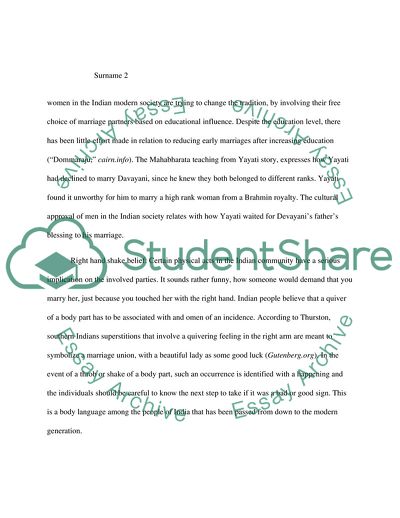Cite this document
(Myths Reflection on Indian's Values, Beliefs, and Philosophy Literature review Example | Topics and Well Written Essays - 1750 words - 1, n.d.)
Myths Reflection on Indian's Values, Beliefs, and Philosophy Literature review Example | Topics and Well Written Essays - 1750 words - 1. https://studentshare.org/religion-and-theology/1787590-free-topic
Myths Reflection on Indian's Values, Beliefs, and Philosophy Literature review Example | Topics and Well Written Essays - 1750 words - 1. https://studentshare.org/religion-and-theology/1787590-free-topic
(Myths Reflection on Indian'S Values, Beliefs, and Philosophy Literature Review Example | Topics and Well Written Essays - 1750 Words - 1)
Myths Reflection on Indian'S Values, Beliefs, and Philosophy Literature Review Example | Topics and Well Written Essays - 1750 Words - 1. https://studentshare.org/religion-and-theology/1787590-free-topic.
Myths Reflection on Indian'S Values, Beliefs, and Philosophy Literature Review Example | Topics and Well Written Essays - 1750 Words - 1. https://studentshare.org/religion-and-theology/1787590-free-topic.
“Myths Reflection on Indian'S Values, Beliefs, and Philosophy Literature Review Example | Topics and Well Written Essays - 1750 Words - 1”. https://studentshare.org/religion-and-theology/1787590-free-topic.


